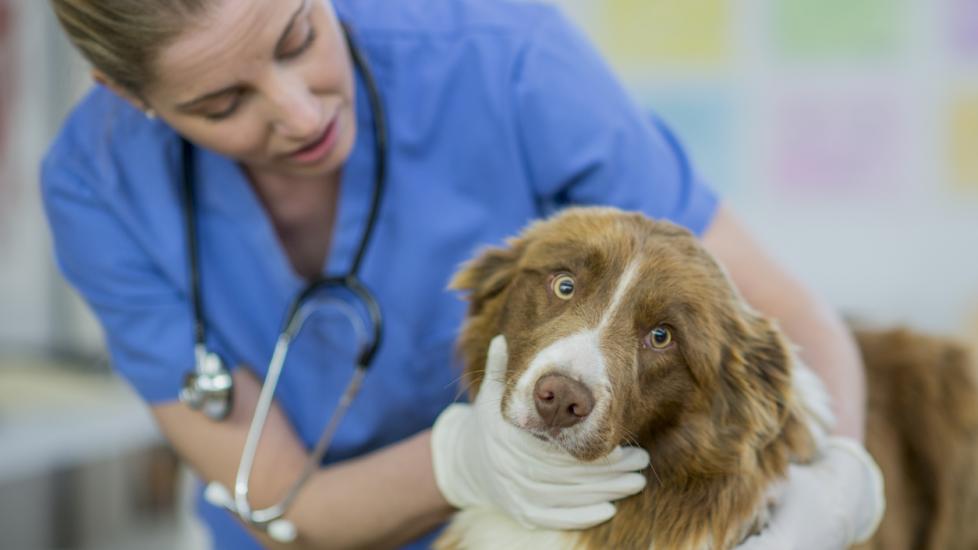Title: Unlocking the Mystery of Laryngeal Paralysis in Canine Companions
Introduction:
In the realm of veterinary medicine, laryngeal paralysis is a condition that can strike fear into the hearts of pet owners. It affects dogs more commonly than other species and can be a challenging diagnosis to navigate. This article aims to shed light on this complex issue, offering insights for those seeking a deeper understanding of their beloved dog’s health.
What Is Laryngeal Paralysis?
Laryngeal paralysis refers to the partial or complete failure of one or both sides of the larynx to open during inhalation and close during exhalation. The larynx, also known as the voice box, plays a crucial role in breathing, swallowing, and vocalization. In affected dogs, the flaps ( folds) at the entrance to the windpipe may become immobile, leading to various respiratory symptoms.
Causes and Symptoms:
The exact cause of laryngeal paralysis remains somewhat elusive, but it often appears to be idiopathic—meaning without an identifiable origin. However, some cases have been linked to neuromuscular disorders such as hypothyroidism, old age-related degenerative changes, or trauma. Common signs include heavy panting after minimal exertion, a change in bark quality, coughing, gagging, exercise intolerance, and difficulty eating. These symptoms can worsen over time if left untreated.
Diagnosis and Treatment Options:
A thorough examination by a veterinarian with a focus on listening to lung sounds and palpating the throat area can help identify laryngeal paralysis. Diagnostic tests like x-rays or CT scans might provide additional information about the condition’s severity. Management strategies range from weight loss (if applicable), medications to control inflammation and support breathing, to surgical intervention in severe cases. Surgery involves procedures like tieback surgery or laryngoplasty, which aim to stabilize the larynx and improve airflow.
Prevention and Home Care Tips:
While there isn’t a foolproof way to prevent laryngeal paralysis, regular check-ups with your vet can catch early signs before they progress. If your dog shows any concerning symptoms, don’t hesitate to schedule an appointment immediately. At home, keep a watchful eye on your furry friend’s activity levels and diet, ensuring he gets plenty of rest and eats smaller meals more frequently. Regular grooming can also help maintain good overall hygiene, which supports respiratory function.
Conclusion:
Laryngeal paralysis in dogs is a serious condition requiring prompt attention and professional care. By educating yourself on its causes, symptoms, and treatment options, you can be better prepared to advocate for your four-legged companion’s well-being. Remember that every dog is unique; what works for one may not work for another. Always consult with a qualified veterinarian who understands your dog’s specific needs and can develop an individualized plan tailored to his lifestyle and health profile.
